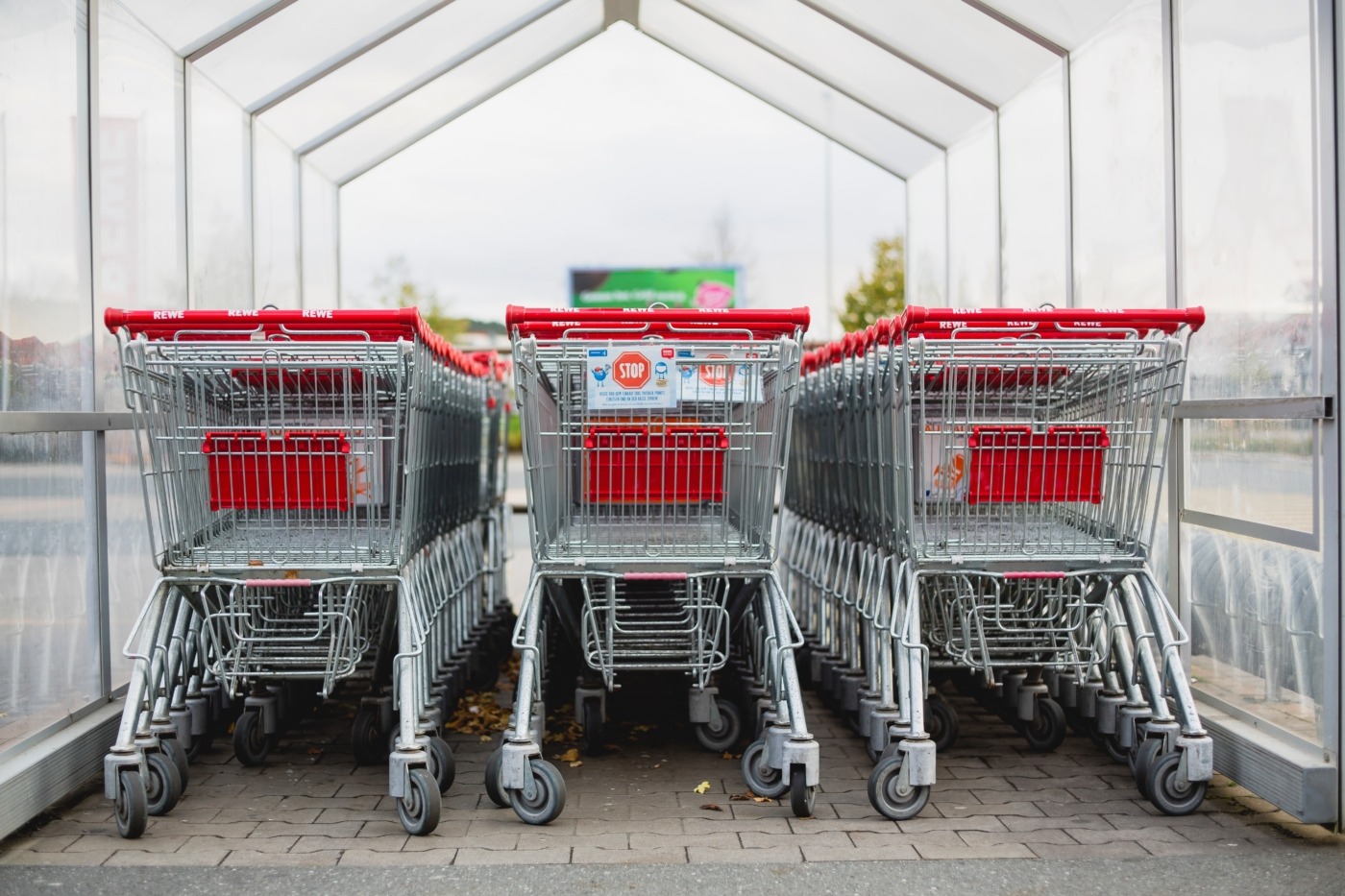Amazon Fresh and the future of supermarkets
Amazon are using their technology expertise to transform supermarket conventions in the US with their new “seamless shopping” experience. The opening of the first Amazon Fresh store marks a significant step in convenience shopping.
In August 2017, Amazon made their first major move on the food industry: a £10.7bn purchase of Whole Foods Market. The online retail giant pursued the deal with the aim of making grocery shopping more convenient and bridging the gap between online and in-store shopping, an ideal they continue to strive for today. Over the past few years, Amazon has applied their technology to remove checkout tills from stores, allowing customers to walk out of the store without queuing. The automated shops, named Amazon Go, use an array of ceiling cameras and shelf sensors to identify each product picked up (and put back) by individual shoppers.
This year, Amazon made a new addition to their automated shops: the Amazon Dash Cart. Currently only available in the Amazon Fresh store in Woodland Hills, California, the Amazon Dash Cart uses sensors to identify items added to the cart. The sensors initially look for a barcode to swiftly identify products. Then, if unsuccessful, the system shifts to using computer vision algorithms.
The online retail giant pursued the deal with the aim of making grocery shopping more convenient and bridging the gap between online and in-store shopping, an ideal they continue to strive for today
Amazon likens their new sensor technology to that found in self-driving cars. The technology is centred on the use of various computer algorithms combined with deep learning to mimic the mechanisms of the human brain. This allows the AI system to process data and learn from it without direct human supervision. On arrival at the store, shoppers connect their Amazon account to a Dash Cart using the QR scanners on the handle and each item put in is added to a virtual trolley. At the end of the shop is the Dash Lane: an express exit fitted with visual recognition sensors to identify each cart leaving the shop, and the final bill is charged to the shopper’s Amazon account without having to queue.
But the Dash Cart is more than just a shopping trolley. The cart boasts a built in screen displaying your personalised shopping list as well as a running total of the items already placed in the trolley (so you no longer have to worry about overspending). Furthermore, the cart features colour-coded LED panels to alert the shopper when an item has not been correctly identified, as well as built-in scales to accurately weigh any fresh produce picked up.
In-store, shoppers can expect to find a “Best of Amazon” section, showcasing many of Amazon’s own products such as Echo speakers and Kindle e-readers. Furthermore, upon arrival Amazon’s virtual assistant, Alexa, is ready to take care of you (and all your shopping needs). From cart availability to directions around the store, Alexa is accessible from your phone, Dash Cart, or the in-store smart displays. But despite automating many aspects of the store, Amazon have guaranteed that employees will still be around to help. Employee time has been redistributed to allow for maximum customer experience without significant loss of income.
Despite all the tech features Amazon have introduced, they’ve overlooked one major setback – the Amazon Dash Cart is only suitable for small shopping trips. The hefty cart fits a maximum of two bags of shopping, far less than the average shopper would normally buy. For full-sized shops, customers will have to rely on regular shopping trolleys and cashiers, or make multiple small trips if they wish to use the carts.
The technology is centred on the use of various computer algorithms combined with deep learning to mimic the mechanisms of the human brain
Another drawback of the Amazon Dash Cart is the potential lack of privacy. The tracking and surveillance of products in the store links large amounts of data to an individual’s account, a process many shoppers find invasive and off-putting. However, Amazon’s future plans don’t appear to include resolving this; in fact, the company intends to add more data to accounts by implementing a “payment by handprint” scheme.
Amazon has also unveiled possible plans to sell Dash Cart technology to other chain stores. However, it seems they have a bit of work to do before the tech is fully accepted into the market. With plans to open Fresh stores across the US (and the UK), Amazon are using state-of-the-art technology to make an impression on the public and take an otherwise daring step forward in a well-established market. But in this new technological age, Amazon are setting the examples, prioritising customer satisfaction and convenience, and threatening to leave other supermarket giants in the dust if they don’t step up to the mark.

Comments